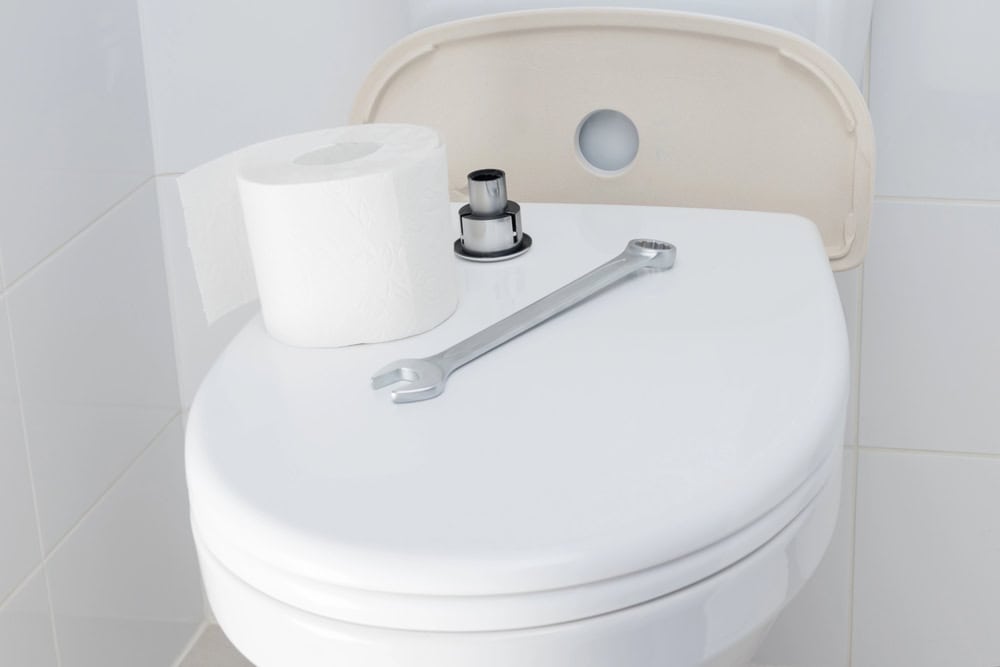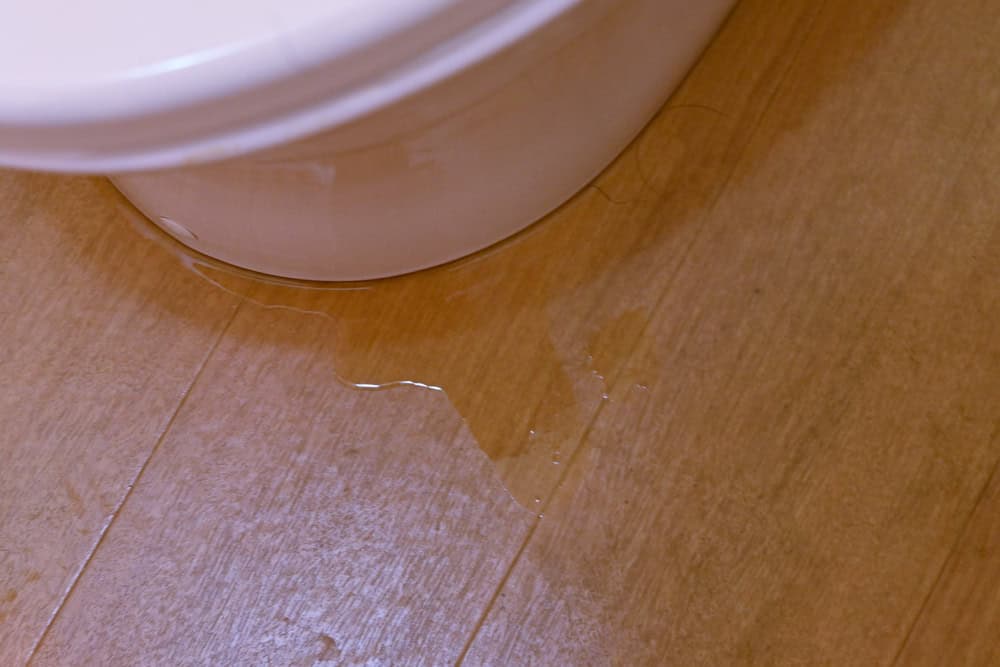Toilets are some of the most used fixtures in our homes, yet they often become sources of frustration.
It’s not uncommon to encounter a leaking toilet, and even after attempting repairs, the issue may persist. Let’s dig into the potential reasons behind this puzzling phenomenon.
Common Causes of Toilet Leaks
Understanding where the water is coming from is the first step in addressing the issue. Leaks can originate from various parts of the toilet, and identifying the source is crucial.
Tank-to-Bowl Connection
One of the most common spots for leaks is the connection between the tank and the bowl. If you’ve replaced the tank-to-bowl gasket, a misalignment or improper seating can cause water to seep out.
A tight seal is essential; if the gasket isn’t compressed evenly, you’ll see water pooling around the base of the toilet.
Flapper Valve Issues
The flapper valve controls the flow of water from the tank to the bowl during a flush. If this valve is damaged or not sealing properly, it can lead to continuous leaks.
Even after a repair, a worn-out flapper can fail to create a watertight seal, allowing water to escape unnoticed.
The Role of the Wax Seal
If the leak isn’t coming from the tank itself, the issue might lie underneath. The wax seal sits between the toilet base and the floor, ensuring a tight fit.
Over time, this seal can degrade, leading to leaks around the base of the toilet. If you just installed a new toilet and the seal was not properly placed, or if it was damaged during installation, you might find yourself facing a leak.
Improper Installation
An improperly installed wax seal is a common reason for leaks. If the toilet isn’t leveled or the seal isn’t aligned correctly, water can escape.
Before making any repairs, ensure that the toilet is sitting flat against the floor and that the wax seal is undamaged.
Tank Hardware Problems
Inside the toilet tank, various components work together to manage water flow. A faulty fill valve or a broken flush valve can lead to leaks as well.
If you’ve replaced these parts but are still facing issues, it’s possible that the new components are defective or not suited for your toilet model.
Fill Valve Functionality
The fill valve controls the water entering the tank after a flush. If it malfunctions, it can lead to overflow, causing water to leak out.
After repairs, inspect the fill valve to ensure it’s functioning correctly and not allowing water to drip into the overflow tube.
Flush Valve Seals
The flush valve connects to the flapper and controls the release of water during a flush. If the seal around this valve is worn or damaged, it may lead to leaks.
Even after replacing the flapper, if the flush valve itself is compromised, leaks can occur.
Pipe Connections
Another area to check when dealing with leaks is the supply line that connects the toilet to the water source. If this line is loose or damaged, it can lead to significant leaks.
Make sure to check these connections and tighten them if necessary.
Supply Line Tightness
After making repairs, double-check that the supply line is securely attached to both the toilet and the water shutoff valve. A simple tightening can often resolve any leaks stemming from this connection.
Aging Components
If your toilet is several years old, the supply line might be corroded or damaged. Replacing old supply lines is a relatively simple fix that can prevent future leaks.
Temperature Changes
Fluctuations in temperature can cause materials to expand and contract, potentially leading to leaks. If your toilet is located in a colder area of the house, the pipes might be more susceptible to leaks during winter months.
Seasonal Adjustments
During colder months, it’s wise to check your plumbing for any signs of leaks. Insulating pipes and keeping the bathroom warm can help mitigate these issues.
Improper Repairs

DIY repairs can sometimes lead to additional complications. If you’re not confident in your plumbing skills, it’s possible that the repairs made were not sufficient or done correctly.
Taking shortcuts or using the wrong parts can exacerbate the problem.
Seeking Professional Help
If multiple attempts to fix the leak have failed, it may be time to call in a plumber. They can provide insights and solutions that may not be immediately apparent to an untrained eye.
Old or Worn Fixtures
Over time, toilets and their components can wear out. If you’ve dealt with repeated leaks, it could be a sign that it’s time for an upgrade.
Old toilets may have outdated technology and materials that fail to hold up against regular usage.
Replacement Considerations
Replacing an old toilet can help eliminate recurring issues and improve water efficiency. Newer models are often designed to prevent leaks and require less maintenance.
Pressure Imbalances
Sometimes, the issue may not be with the toilet itself, but rather with the plumbing system. High water pressure can cause stress on pipes and fittings, leading to leaks.
If you notice leaks in multiple fixtures, it may point to a bigger problem within your plumbing. An experienced team for installations and maintenance can assess your entire plumbing system to prevent further damage.
Testing Water Pressure
Consider investing in a water pressure gauge to monitor your household pressure. Ideally, residential water pressure should be between 40 to 60 psi. If it’s higher, a pressure-reducing valve may be necessary.
Preventative Measures
Once you manage to fix your toilet leak, it’s wise to adopt some preventative measures. Regular maintenance can prolong the life of your toilet components and reduce the likelihood of leaks.
Regular Inspections
Make it a habit to inspect your toilet for leaks periodically. Look around the base and under the tank to catch any signs of moisture before they become major issues.
Water Quality Monitoring
Hard water can lead to mineral buildup, which affects the performance of your toilet parts. Consider using a water softener if you have hard water issues in your home to extend the life of your plumbing fixtures.

